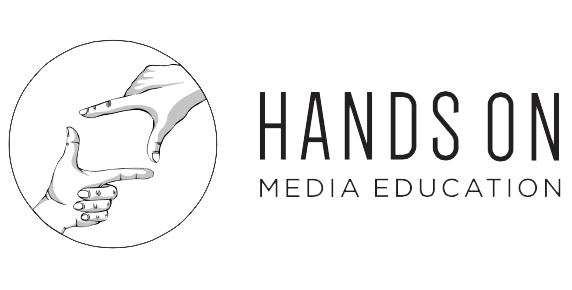As we mark a milestone, digital skills and tools take centre state in Canada's future
In 2017, Canada will mark the 150th anniversary of Confederation. As part of this milestone, the federal government launched Digital Canada 150 (DC150) back in 2010—a comprehensive plan to provide all Canadians with the digital skills and tools required to navigate our future. Within the DC150 initiative, public consultations were sought from stakeholders in the media literacy, digital technology, business, policy, research, journalism, and education sectors, and more than two thousand Canadian individuals and organizations shared their ideas!
But perhaps most interesting for us here at Hands on Media was the submission from our friends at Media Smarts (formerly the Media Awareness Network) titled “Digital Literacy in Canada: From Inclusion to Transformation”.
Here’s the tl;dr (you’re welcome!)
Digital literacy skill development in young people must be a cornerstone of government strategy, to ensure that Canada is creating citizens who can think critically about digital content and use digital technologies to their full extent. Media Smarts calls upon the government to create a National Digital Literacy Strategy, which includes consulting with a broad group of stakeholders, policy-makers, and researchers.
Citizens already use digital technologies to navigate through all aspects of their lives, from healthcare to news media to the workplace and beyond. The influence of digital technologies over our lives will only increase in the future. How can we ensure that our population keeps up? As the report says, “the issue for Canadians is no longer if we use digital technology but how well we use it.”
Recommendations include: compiling a comprehensive list of existing media education and media literacy bodies nationwide, as well as a comparison of similar programs in parallel jurisdictions like the United States and the United Kingdom.
K-12 and post-secondary learning institutions are a target for prime media education and media literacy initiatives; while the government has invested in developing technology and building infrastructure, it has not balanced these investments with developing the skills and knowledge needed by Canadians to use technologies safely and effectively. Definitely take a look at a fantastic Digital Literacy Framework created by MediaSmarts.
“Digital literacy” doesn’t only mean being able to view and read digital content critically, but also includes the more complex and nuanced abilities to create and produce a wide range of content with digital tools. Citizens and students should be able to create “rich media such as images, video, and sound; and to effectively and responsibly engage with Web 2.0 user‐generated content such as blogs and discussion forums, video and photo sharing, social gaming, and other forms of social media.”
Barriers to digital literacy are important to address. While there’s a common stereotype that all younger people are digitally savvy while older people are clumsy and unfamiliar with digital technology, there is far too much variety within each generation to make this kind of simplistic assertion. Many factors including geography (and infrastructure), socio-economic status (and access to equipment), and language barriers (such as those experienced by recent immigrants) can be the cause of varying levels of digital literacy and competency.
While some educators have been wary of bringing technology into the classroom, evidence shows that digital technologies are an integral part of interpersonal learning between students and teachers. Technologies can provide platforms for collaboration and tools for organization. As the report states, “Excluding digital media from schools creates a potentially damaging split between educational and personal experience. Digital media are a knowledge technology; keeping them out of the classroom creates a significant dissonance in how youth gather and share knowledge.”
The career value of digital technology education is high. Many small and medium-sized businesses have been slow to adopt digital technologies in their internal operations, or to establish a web presence or move their businesses online by developing e‐commerce capabilities. This means students educated in harnessing and deploying digital technologies will have a distinct advantage in the workplace, as they can offer lagging businesses the tools and skills to make them competitive in the global marketplace.
If you have more free time, you can explore the full report here. Yes, it’s quite long, but it contains some excellent research and recommendations on how all stakeholders—government, academia, educators, business owners, councils on learning, ministries of education, industry organizations, library associations, and institutes for information technology and digital media—can assist the next generation of Canadians in using, understanding, and developing digital media literacy and digital technology skills for the successful future of all Canadians.
Interested in learning more about how to incorporate technology and digital media literacy into your learning environment? Check out Hands On Media’s selection of student workshops, or inquire about our curriculum consultation services if you’re looking to address a particular area of specialization.
Contact us and we can work together to make sure your students are becoming responsible, creative, and engaged digital citizens!

